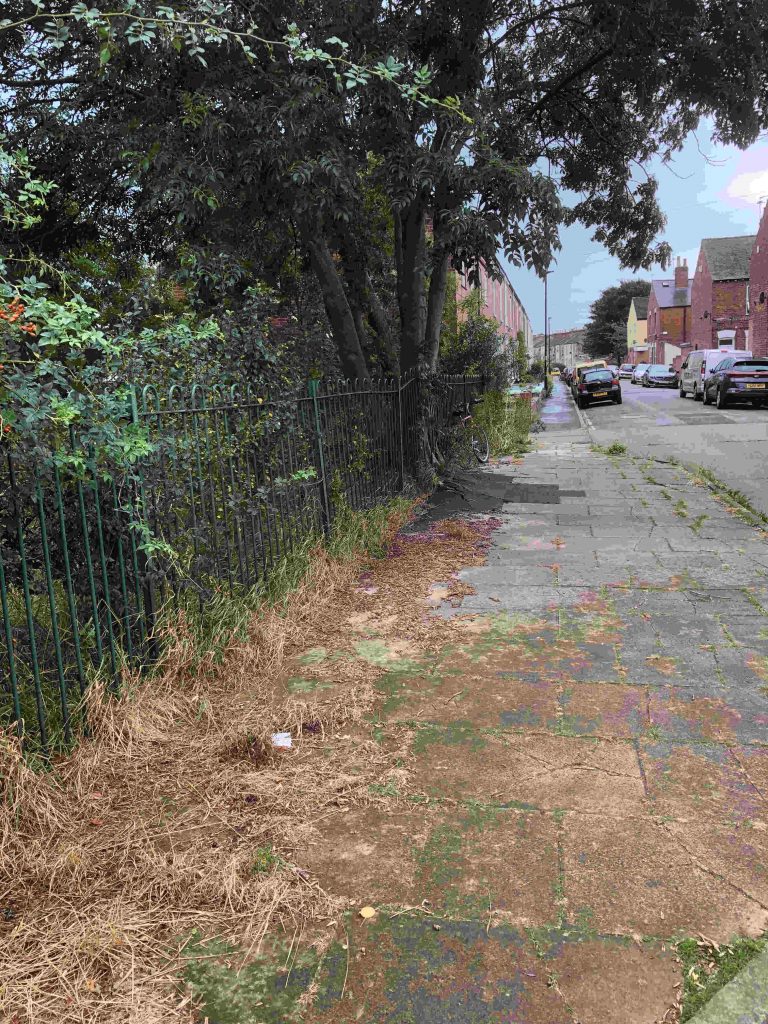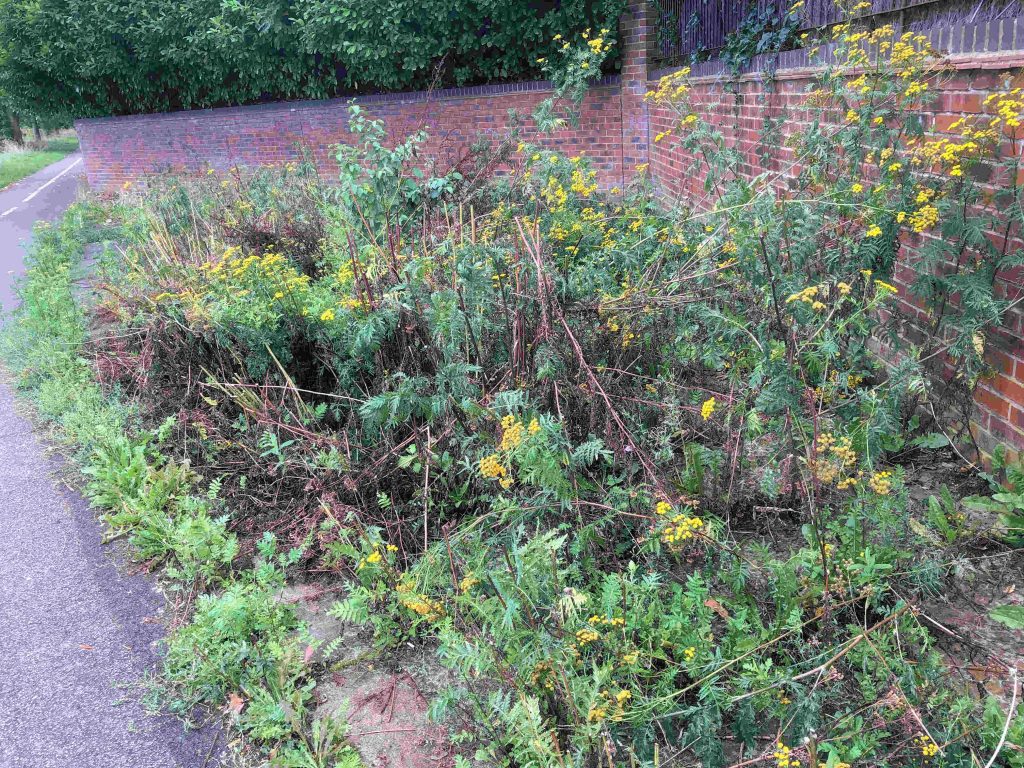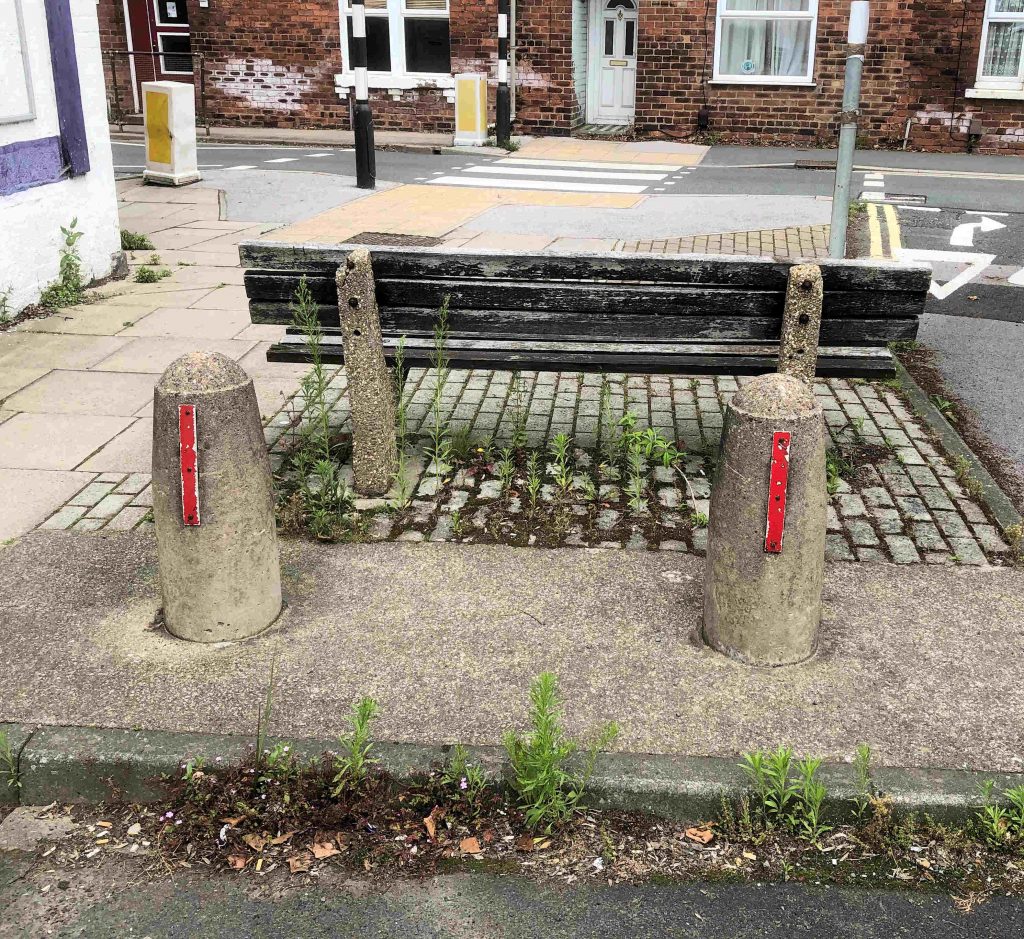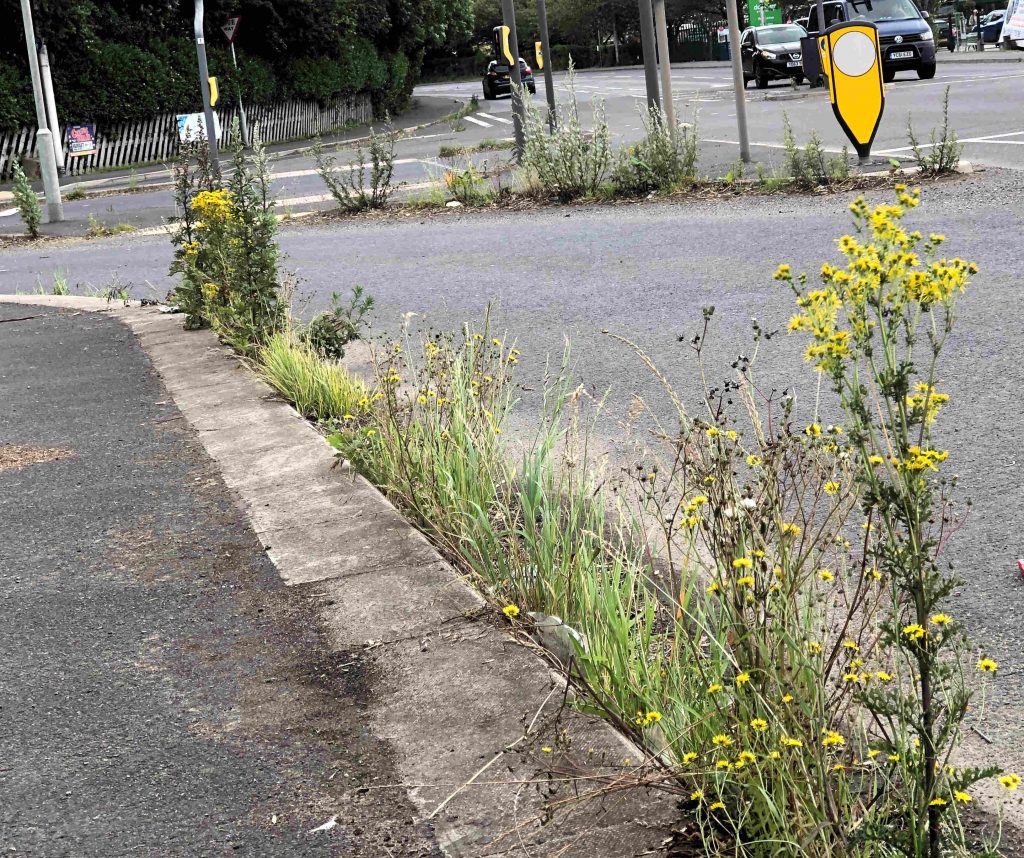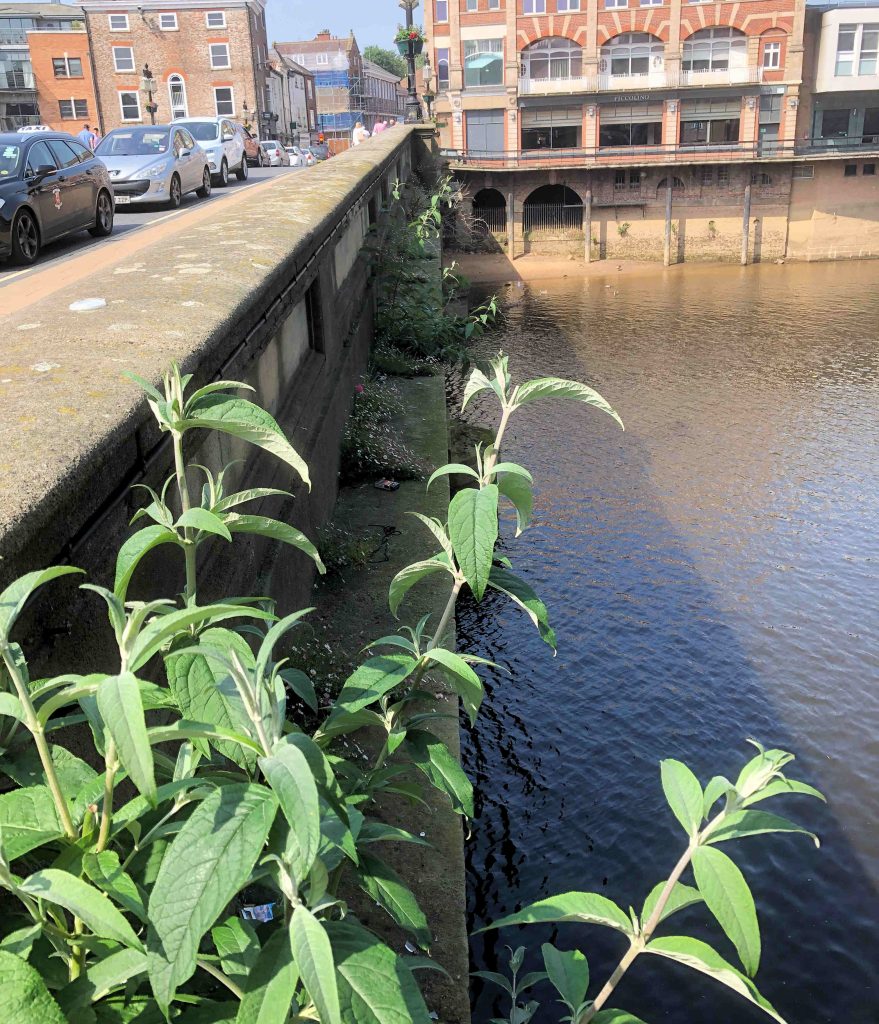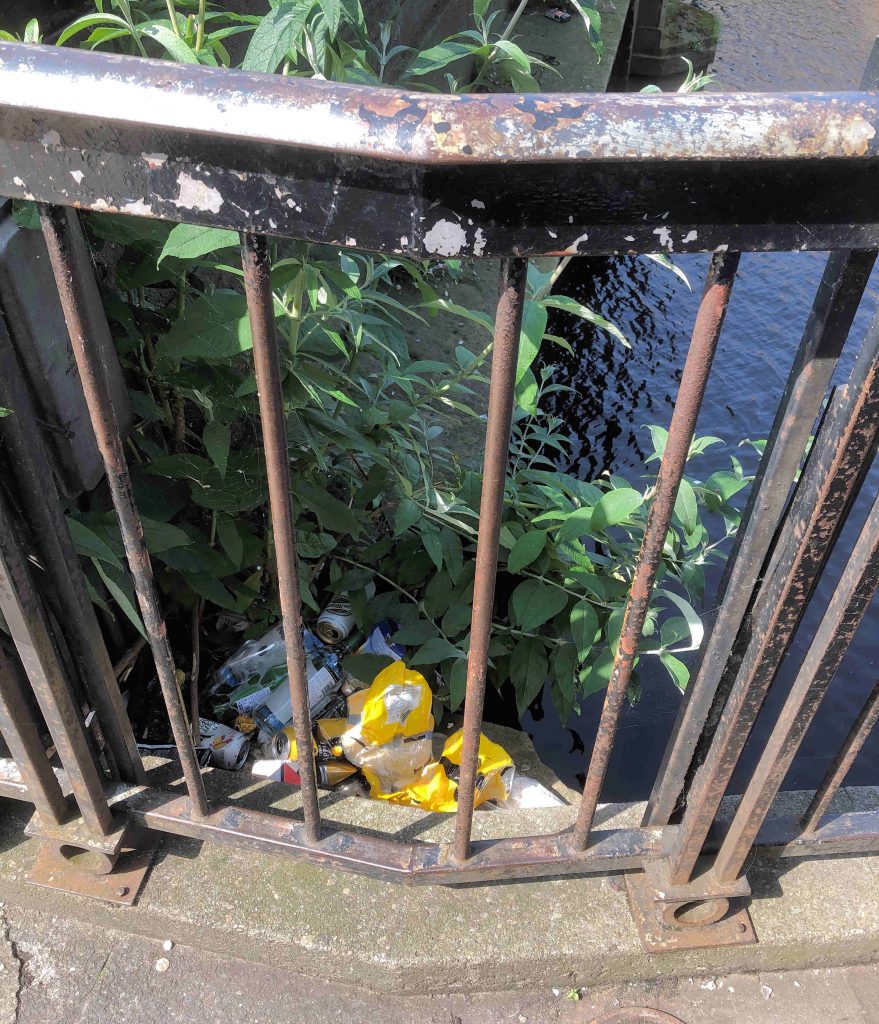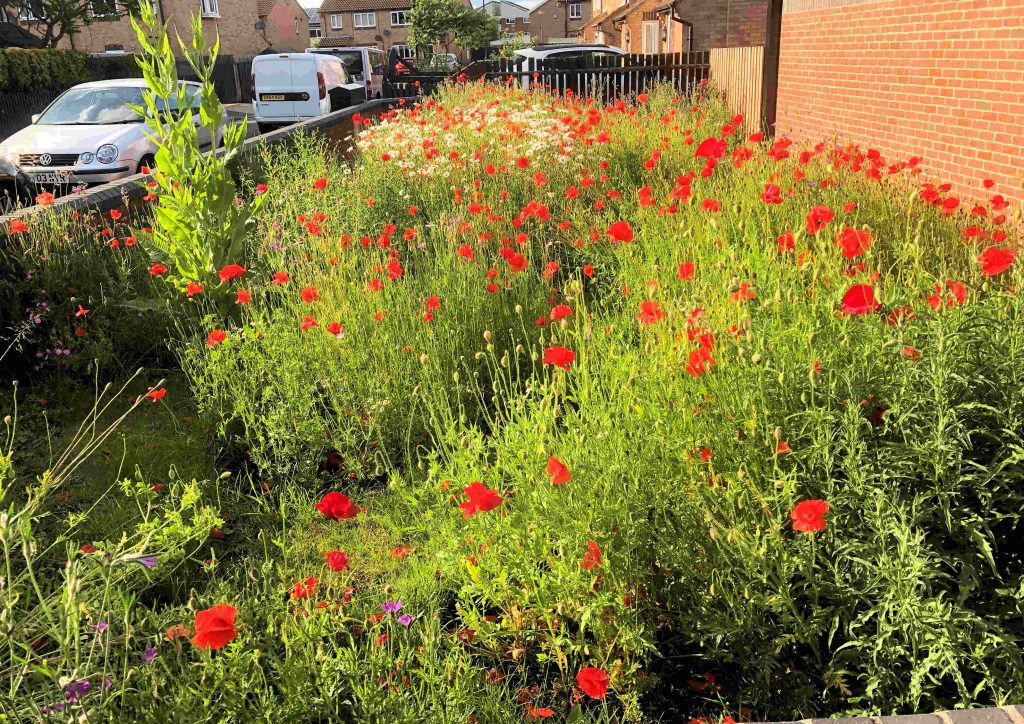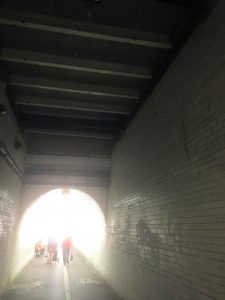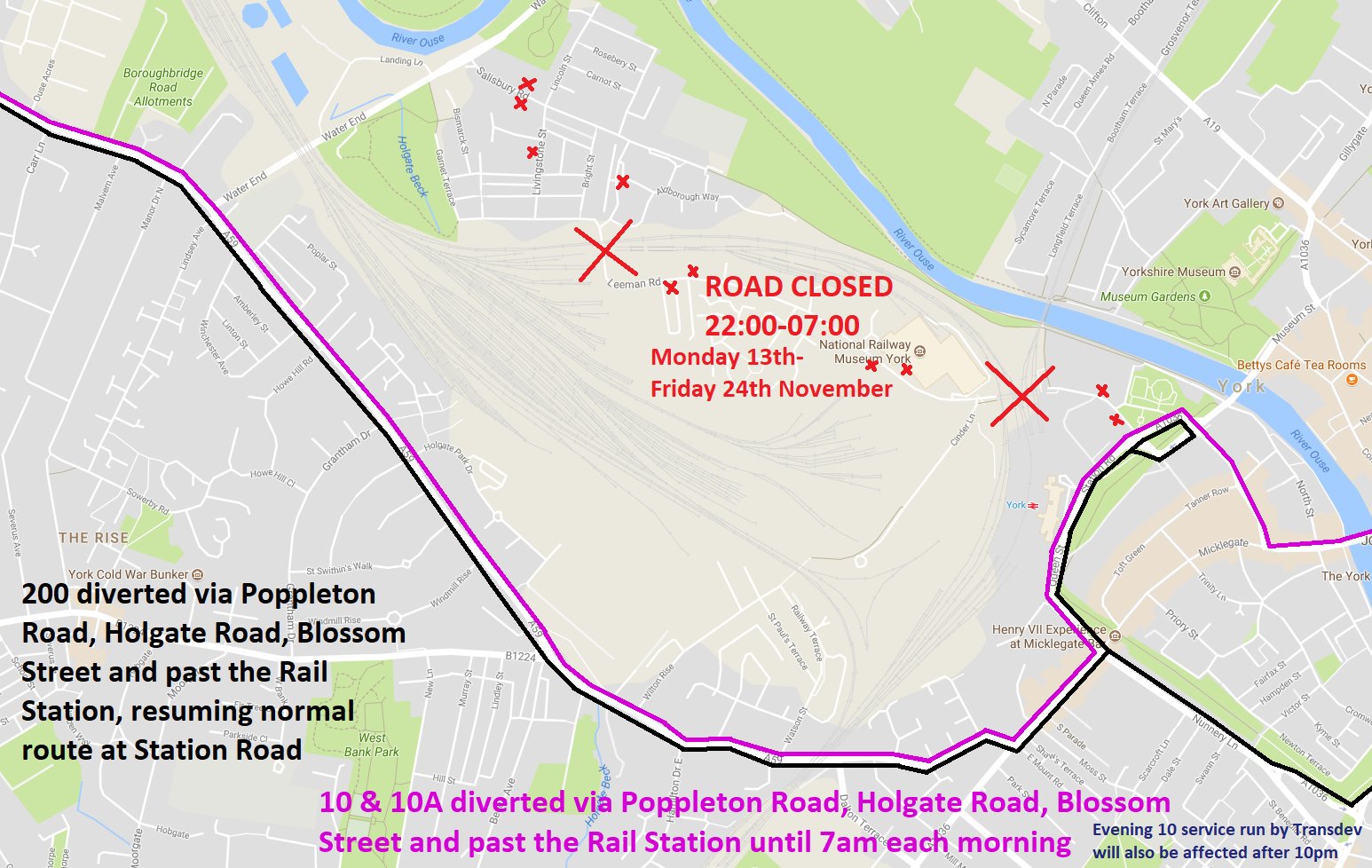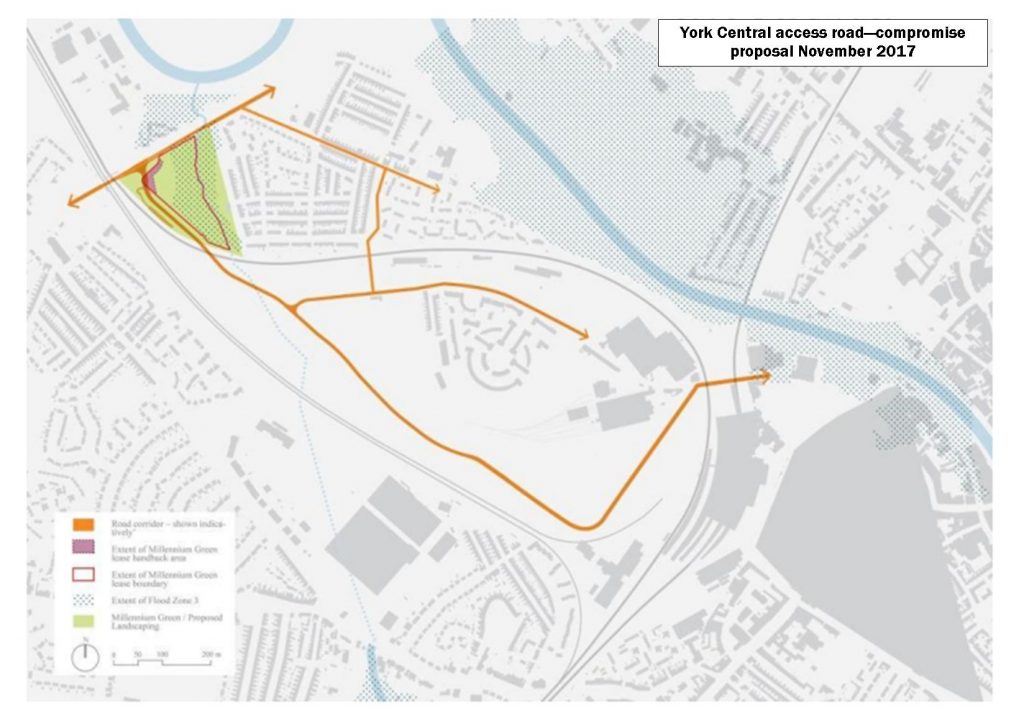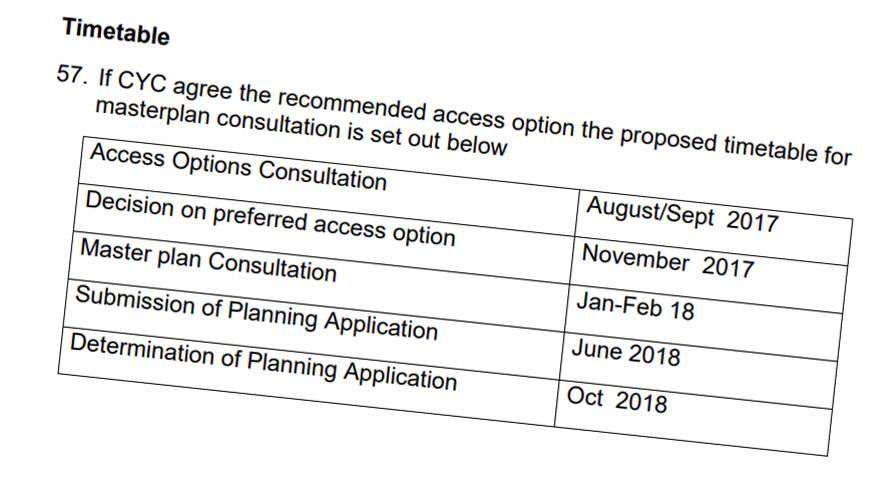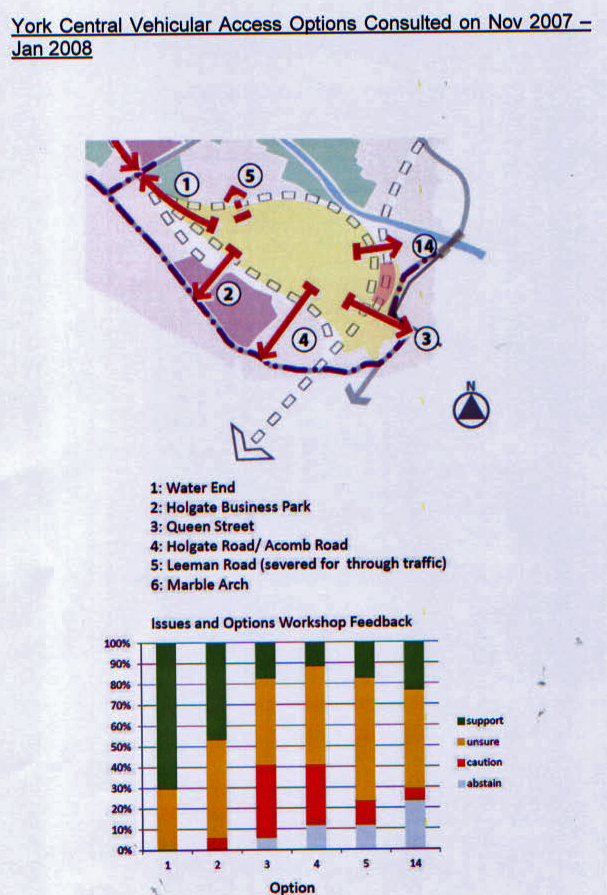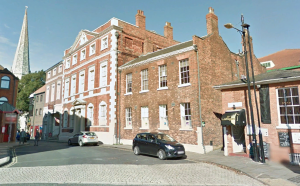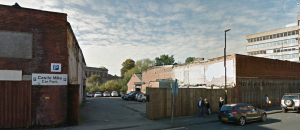
Millennium Green will receive the first in a series of major improvements as part of the York Central infrastructure works starting on site next week.
Clearance works started last month across the 42 hectare brownfield site, which will provide up to 2500 new homes; up to 6500 jobs as well as vastly improved visitor access experience at the National Railway Museum.
City of York Council and contractors, John Sisk and Son, are delivering letters to neighbouring residents giving full details of the latest works on both Millennium Green and adjacent to Bishopfields Drive. The works include:
Millennium Green
- Clearing vegetation and a small number of trees
- Improving around 300m of footpath
- A new timber viewing platform and renewal works on the pond
- 3 new benches
- Improvements to the southern culvert wall and footpath including replacements steps, and handrail
- New fence along the eastern boundary
- Temporary fencing and flooring to protect the Millennium Green oak and mosaic throughout the works
Land adjacent to Bishopfields Drive
- Removing a small area of treeline essential to allow the infrastructure works, while protecting remaining trees from the works.
The Millennium Green’s lease included a ‘take-back’ option for a small area of land in the north wet to allow the York Central regeneration.
Following consultation with local residents in 2018, the Trust agreed a package which includes a license to use some land during construction, the landscaping of this land when the access road is finished, the provision of alternative land to replace the area taken back and a payment of £375,000 to the Trust to secure its future and fund an ongoing maintenance programme.
Cllr Keith Aspden, Leader of City of York Council, said:
York Central remains one of the most important and attractive regeneration sites in the country and is an opportunity that many other towns and cities in the UK would envy.
“At the same time as making progress to provide the jobs and houses the city needs, we want to protect and enhance our city’s green spaces. Trees are only being removed where absolutely essential, and will be more than replaced by the 300 mature trees planted during the next phases of infrastructure works. York Central will also include the largest park in the city for 100 years and areas to encourage biodiversity, while the council will plant 50,000 trees in York by 2023.
“The Council will continue to working closely with John Sisk and Sons to limit any disruption to neighbouring residents and businesses, and to keep them informed of any planned works. As ever, we thank all local residents and businesses for their patience.”
All the work has been approved as part of the planning approval on the site.
York Central is being delivered in partnership by Network Rail, Homes England, National Railway Museum and City of York Council. Homes England and Network Rail have supported the development of the site through land acquisition and master planning, and they will now oversee the infrastructure projects.
John Sisk and Son have been appointed as lead contractor for these site clearance works.
This infrastructure work is part of a wider £155m funding pot secured by the York Central Partnership to deliver infrastructure to open up the site for development.
This includes:
£77.1m funding from the Ministry of Housing, Communities and Local Government.
£23.5m of a total of £37.2m from the West Yorkshire-plus Transport Fund and Leeds City Region Growth Deal, which will also fund the ambitious plans to transform the front of the railway station.
The West Yorkshire-plus Transport Fund has been part-funded through the Leeds City Region Enterprise Partnership (LEP) Growth Deal, a £1 billion package of Government funding to drive growth and job creation across the Leeds City Region.
The aim is to create around 20,000 new jobs and add £2.4 billion a year to the economy by the mid-2030s.
On top of a £6m Local Growth Fund contribution, from the York and North Yorkshire LEP, a further £35m has been secured to be repaid using retained business rates from the York Central Enterprise Zone.

